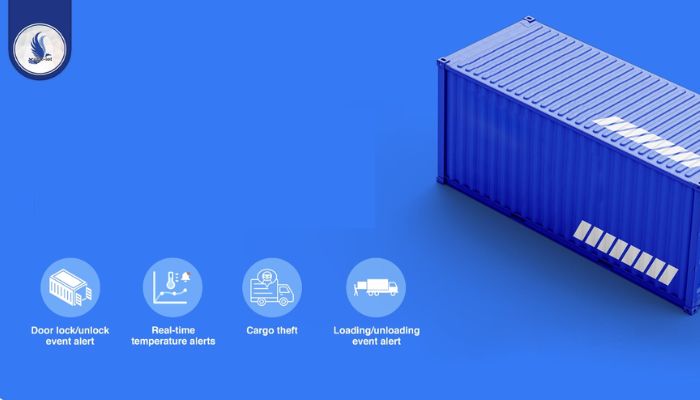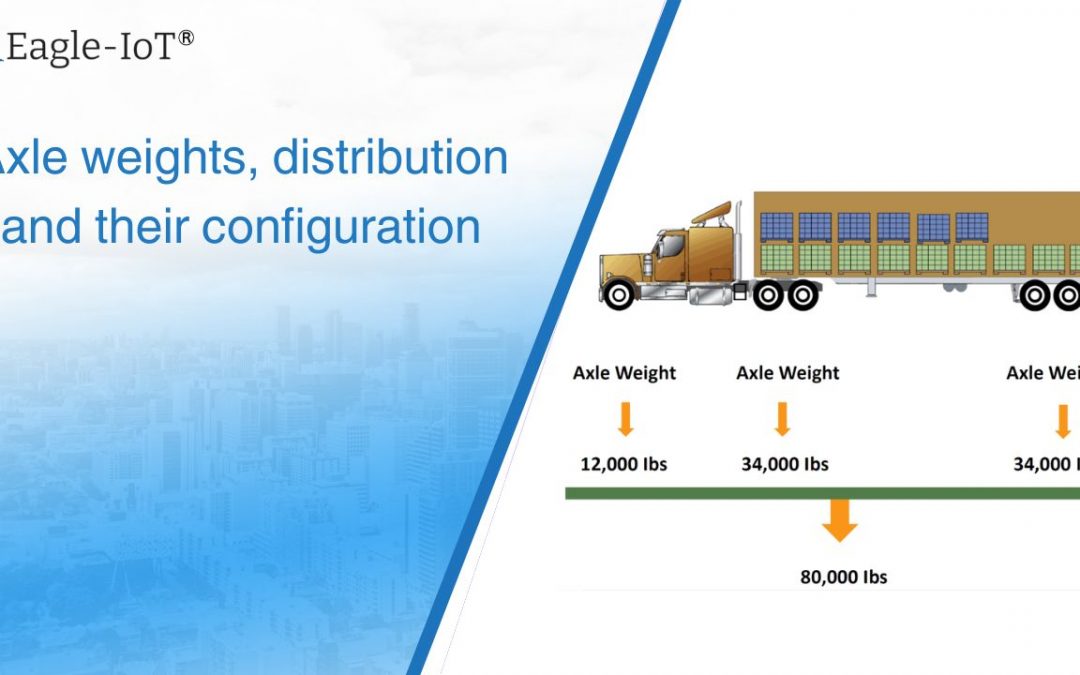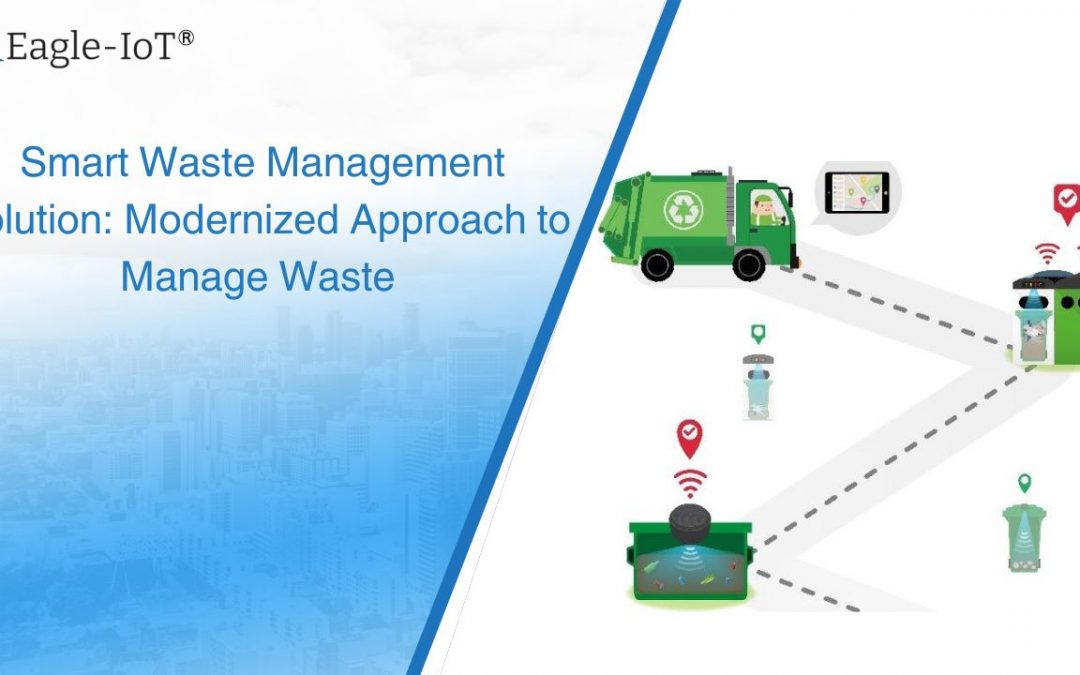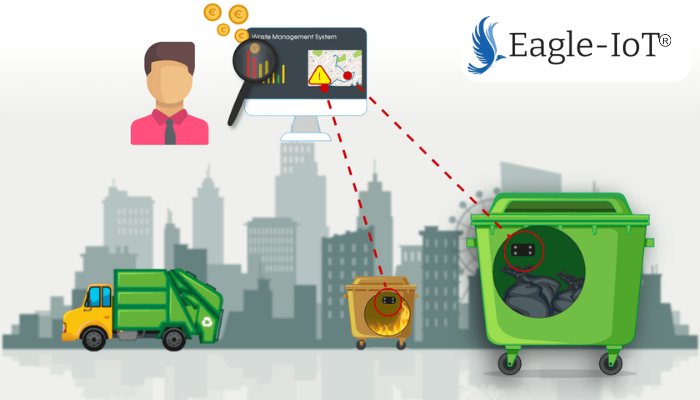Real-Time Insights: The Power of Data Analytics in Container Tracking
Real-Time Insights: The Power of Data Analytics in Container Tracking
Did you know that approximately 90% of the world’s trade is carried out through sea transport? With millions of containers being shipped across oceans every day, the logistics industry faces a monumental challenge in ensuring timely and efficient delivery. Real-time insights and data analytics have revolutionized container tracking like never before. By harnessing the power of big data, companies can now monitor their cargo with unprecedented accuracy and optimize supply chain operations for maximum efficiency.
In this blog post, we will delve into the realm of real-time insights in container tracking, exploring how data analytics has transformed this crucial aspect of global trade and uncovering its immense potential to reshape the future of logistics worldwide.
Eagle-IoT Container Tracking Solution provides real-time information about the location and status of containers. With live tracking updates, potential delays can be identified early on. By leveraging the power of live tracking updates and historical data, stakeholders can optimize their supply chain processes, improve efficiency, and enhance customer satisfaction. Eagle-IoT Container Tracking Solution provides the following insights:
- Track the whereabouts of lost containers.
- Eliminate blind spots and safeguard cargo.
- Keep track of unauthorized access, tampering, or unscheduled loading/unloading with dual-mode connectivity.
- Prevent spoilage claims with alarms and remote temperature control features.
- Prevent the risks to drivers and cargo from cellular network jammers.


Hybrid approach to connectivity:
Container tracking technology has become increasingly important in modern business. To ensure continuous data flow from containers, Eagle-IoT offers dual-mode (cellular-satellite) connectivity regardless of location or weather conditions. The dual-mode connectivity offers round-the-clock monitoring even in areas with limited cellular coverage.
Secure access to prohibited areas:
Eagle-IoT Container Monitoring Solution provides shipping lines, cargo owners, cold store managers, and other stakeholders with real-time insights into their container tracking operations. Containers can be seamlessly tracked in transit via land, sea, and at ports/terminals/depots/railyards with GPS tracking and geofencing. Virtual boundaries (geo-fence) can be created on the map to a secure perimeter around sensitive areas of the port/container. Alerts can be created to ensure the safety of containers in case of existing geo-fenced location. To reduce the risk of security breaches, Eagle-IoT also offers remote access management with RFID and app authorization.
Prevent damage to sensitive cargo:
Tilting a container can be a sign of tampering or unauthorized access. To ensure that cargo is transported upright, Eagle-IoT’s container monitoring solution offers tilt detection alerts. Advanced sensors detect any slight tilting or movement of containers in real time and generate an immediate alert to stakeholders. This proactive approach strengthens security measures and minimizes the risk of cargo damage. Additionally, notifying the authorities can ensure that timely corrective action, such as repositioning or repackaging containers, can be taken to prevent mishandling of sensitive cargo, such as electronics or pharmaceuticals, which are sensitive to vibration.

To ensure the integrity of temperature sensitive cargo, Eagle-IoT offers temperature and humidity monitoring to provides end-to-end traceability throughout your supply chain. With its powerful monitoring and alerting system, get notified of any deviations from desired temperature and humidity ranges, whether they are caused by power failures or human errors
Invest in container tracking technology today to stay one step ahead to secure your assets! To learn more about Eagle-IoT contact us at +966533085658 or write us at info@dms-ksa.com





















